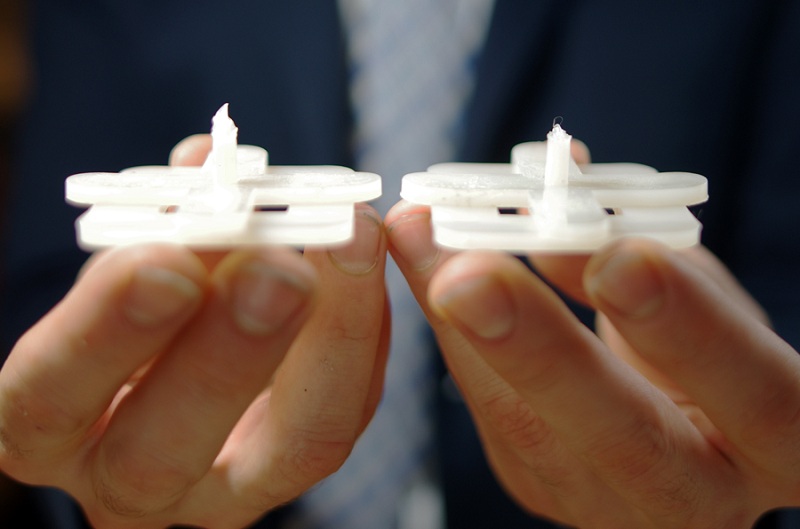The Assembly of Precision Machined Parts Explained
With the ever growing demand of parts and the constant advancement of technology, many things have changed in the process of manufacturing. Before the final product is ready, every part that it consists of goes through a long process (or multiple processes) of shaping, joining, welding or brazing in order to make it look like it does in it’s final form. Whether we’re talking about the construction and building industry, the automotive industry or the aircraft one, quality manufacturing of assembly parts is crucial for the quality of the end product.

There are various processes and devices that can be used to manufacture assembly parts as well as special tools that are used during the process to precisely remove excess materials and give the parts the desired shape. Nowadays, with technology being so advanced, modern machining makes use of chemical, light, electrical and other energy sources.
However, not every manufacturer has the necessary tools at their disposal to produce the needed parts for their products. For those who didn’t know by far, there’s always the possibility of outsourcing a company that will provide these assembly solutions. Outsourcing production is beneficial in many ways, the most obvious ones being the financial and technological advantages, expert production and flexibility.
The techniques used for assembly can vary widely. Some of the most commonly used ones include welding, brazing, robot welding and other fastening techniques to assemble parts into a predetermined object. Here are some of the most common methods used for assembling parts:
- Mechanical part assembly includes a fastener which use eyelets, screws and rivets. This type of assembly allows the object to be easily disassembled for either cleaning or part replacement.
- Welding can be done in multiple ways, but it basically includes fusion of thermoplastic parts. It can be done both automatically and manually. The automatic method includes robots which are extremely cost effective and very efficient. The robot welder can conjoin components at a very quick and accurate rate, ensuring high quality end products.
- Brazing is a technique that relies on bonding various metal types with special techniques and using special tools. It’s most commonly used for assembling electric components or plumbing pipes and relies on melted metal filers to connect the parts together. The most commonly used metals for this particular technique are zinc and copper.
Most of these methods are done by CNC machining, which is the most frequently used method in the manufacturing industry. CNC machining is very precise and safe, therefore, if you are a manufacturer in need of a parts assembly solution, contact a service that offers it and work with them to determine the ideal way to assemble your product regardless whether it’s partway through the final process or the final stage.
